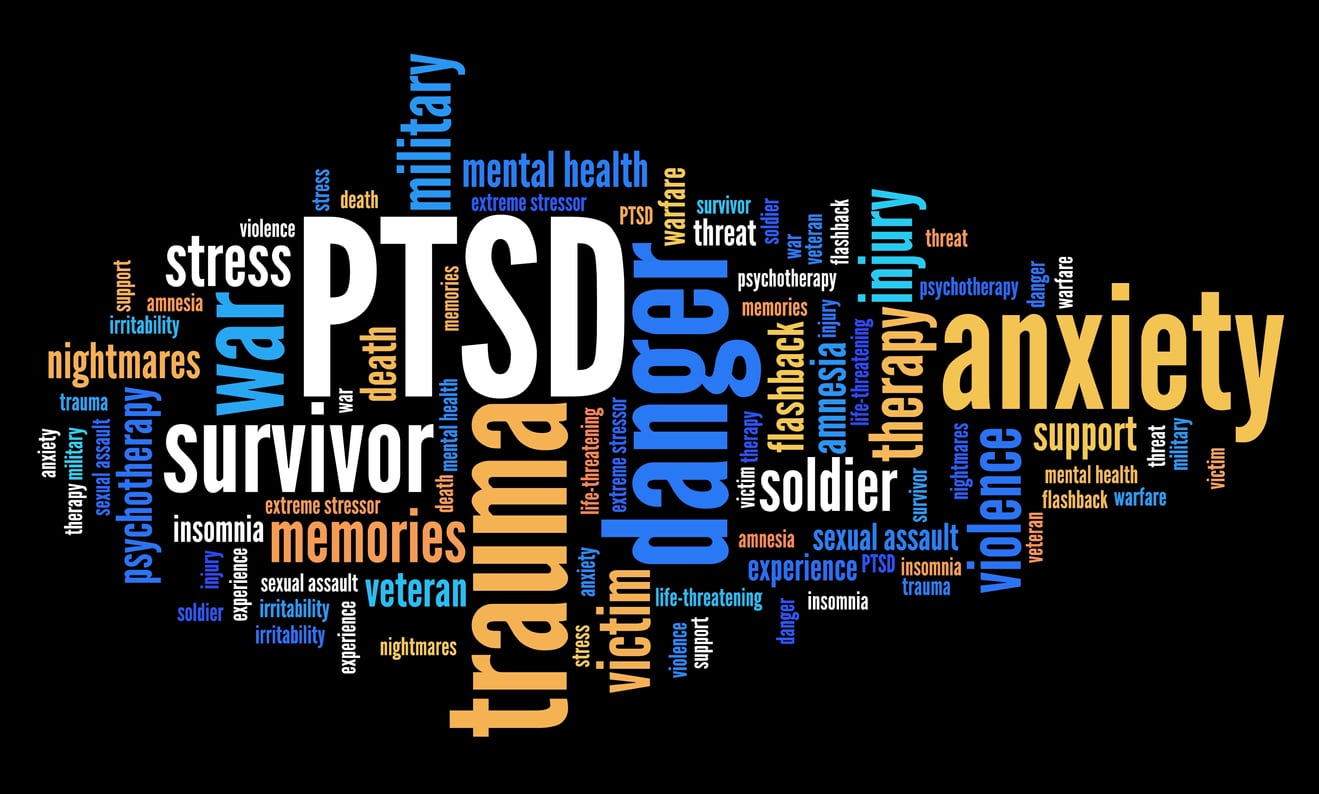What is Required: VA Disability Rating for PTSD
Before VA will award a disability rating for post-traumatic stress disorder (PTSD), the veteran must first prove service connection. Thereafter, the VA must determine the correct rating percentage, which will determine how much money VA must pay to the veteran. Rather than assign percentages at random, VA uses a Schedule of Ratings.
Schedule of Ratings: VA Disability Rating for PTSD
The Schedule of Ratings breaks down disabilities into different categories. Firstly, each category contains groups of medical problems. Secondly, each group contains a list of disabilities, and each disability has its own diagnostic code. Thirdly, every diagnostic code specifies the symptoms required for various ratings. For example, the 9411 code applies to PTSD. VA rates PTSD –along with 36 other mental health conditions – under the General Rating Formula for Mental Disorders. Depending on the symptoms, a veteran may receive either 0%, 10%, 30%, 50%, 70% or 100%.
The Criteria: VA Disability Rating for PTSD
100% = Total occupational and social impairment
- gross impairment in thought processes or communication;
- persistent delusions or hallucinations;
- grossly inappropriate behavior;
- persistent danger of hurting self or others;
- intermittent inability to perform activities of daily living, such as maintenance of minimal personal hygiene;
- disorientation to time or place;
- memory loss for names of close relatives, own occupation, or own name
70% = Occupational and social impairment, with deficiencies in most areas, such as work, school, family relations, judgment, thinking, or mood
- suicidal ideation;
- obsessional rituals which interfere with routine activities;
- speech intermittently illogical, obscure, or irrelevant;
- near-continuous panic or depression affecting the ability to function independently, appropriately and effectively;
- impaired impulse control (such as unprovoked irritability with periods of violence);
- spatial disorientation;
- neglect of personal appearance and hygiene;
- difficulty in adapting to stressful circumstances, such as work or a work-like setting;
- inability to establish and maintain effective relationships.
50% = Occupational and social impairment with reduced reliability and productivity
- flattened affect;
- circumstantial, circumlocutory, or stereotyped speech;
- panic attacks more than once a week;
- difficulty in understanding complex commands;
- impairment of short- and long-term memory (e.g., retention of only highly learned material, forgetting to complete tasks);
- impaired judgment;
- impaired abstract thinking;
- disturbances of motivation and mood;
- difficulty in establishing and maintaining effective work and social relationships.
30%= Occupational and social impairment with occasional decrease in work efficiency and intermittent periods of inability to perform occupational tasks
- depressed mood;
- anxiety;
- suspiciousness;
- panic attacks (weekly or less often), chronic sleep impairment, mild memory loss (such as forgetting names, directions, recent events).
10% = Occupational and social impairment due to mild or transient symptoms
- decrease work efficiency and ability to perform occupational tasks only during periods of significant stress; or
- symptoms controlled by continuous medication.
0% = A mental condition has been formally diagnosed, but symptoms are not severe enough either to interfere with occupational and social functioning or to require continuous medication.
100% VA Disability Rating for PTSD
A 100% disability rating for PTSD reflects total impairment. Symptoms in the 100% range include persistent suicide attempts. However, a veteran with very mild PTSD controlled by medication will probably receive 10%. VA is bound by the Schedule of Ratings. Especially, if your service-connected disability satisfies the criteria for a higher rating, then VA must grant that rating.
Case Studies: VA Disability Rating for PTSD
To meet the criteria for a specific PTSD rating, the veteran’s symptoms must approximately match the listed criteria. The following examples show how VA assigns disability ratings for PTSD:
Case Study 1: 100% Rating for PTSD
A 35 year-old unemployed veteran with PTSD attended a VA medical exam. The examiner noted the following PTSD symptoms: frequent thoughts of suicide, impairment of short- and long-term memory, impaired impulse control, persistent delusions and hallucinations. In addition, the examiner noted total occupational and social impairment. Because the veteran had several symptoms in the 50%-70% range, the combined effect rendered him totally impaired. As a result, VA awarded the veteran a 100% rating.
Case Study 2: 50% Rating for PTSD
A 63 year-old veteran with PTSD rated at 10% provided a Disability Benefits Questionnaire (DBQ) from his doctor. The DBQ noted depressed mood, flattened affect, panic attacks twice a week, impaired judgment and difficulty in establishing effective relationships. In the end, VA increased his PTSD disability rating to 50%.
Case Study: 10% Rating PTSD
VA rated a 44 year-old veteran at 10% because her PTSD symptoms were well controlled with medication. She asked VA to increase the rating to 30% because she had 2 panic attacks in the past 12 months. The panic attacks happened during her commute to her full-time job. The attacks resolved within minutes, and she did not lose any time from work. In brief, VA kept her PTSD disability rating at 10%.
Call for a Free Case Review
When VA awards a Permanent and Total disability rating your rating is protected for the rest of your life. Are you eligible for Permanent & Total disability.
For a FREE CASE REVIEW, Call 800-800-3332 or click here.







